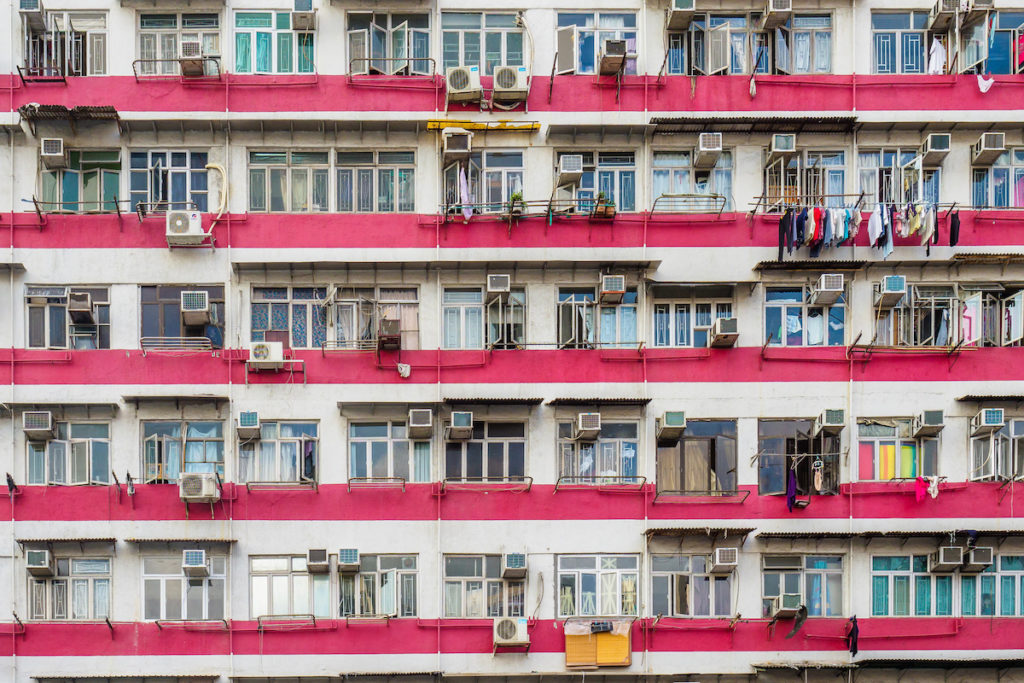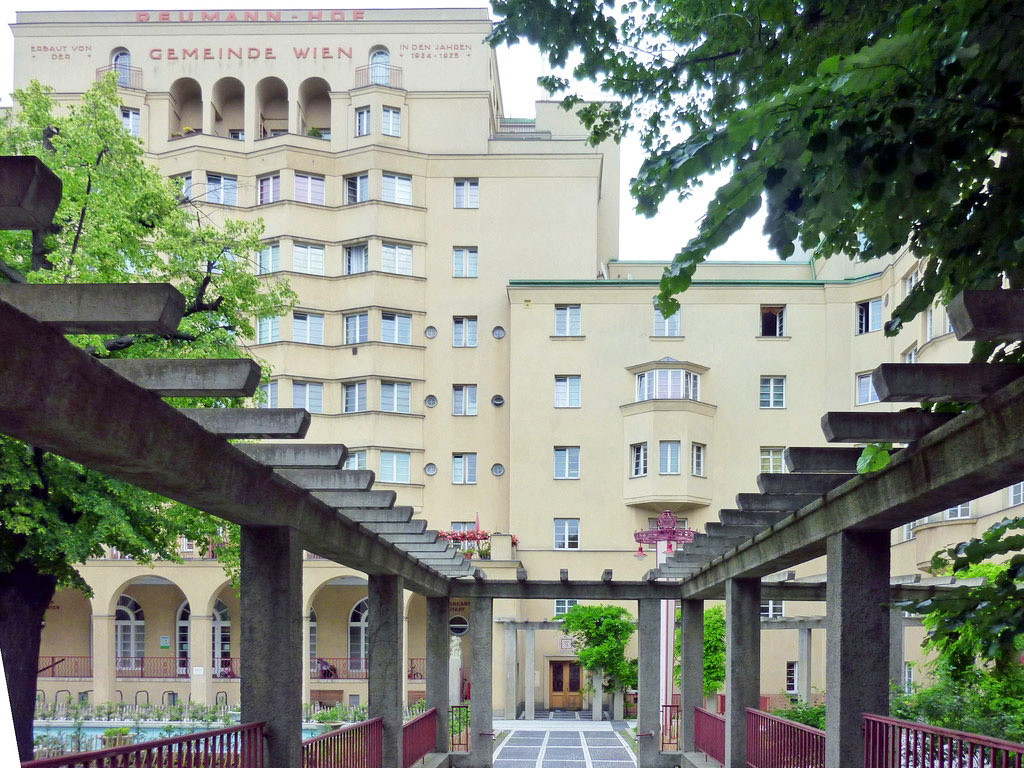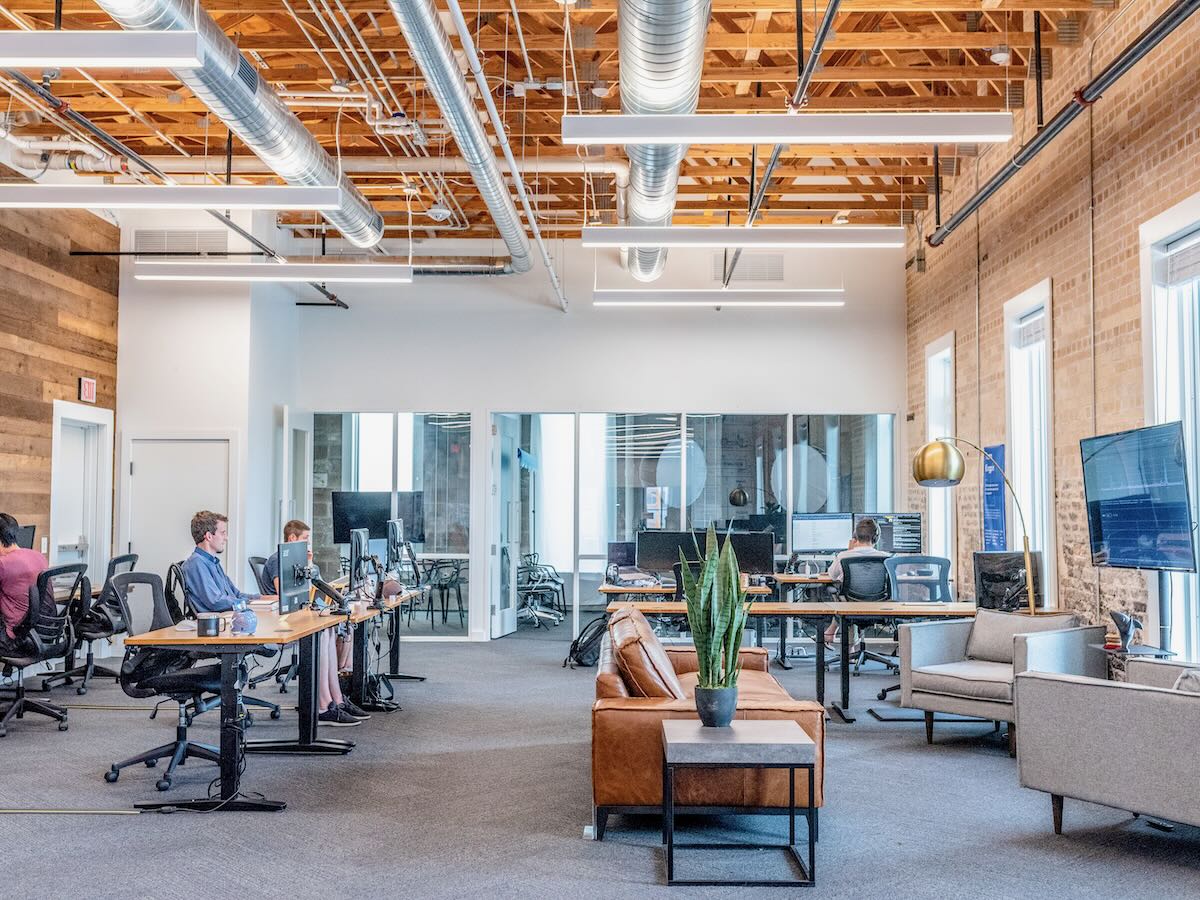Part 4, Solving the Housing Crisis, Issue 48

2:Control the land ✓
3: De-regulate ✓
Part 4: Develop and Finance
Ambitious goals to meet! So, there’s no time to lose! It’s time to build!
Stimulate supply, not demand!
Politicians like to think that low interest mortgages, tax deferral schemes, first-time home buyer plans, and high ratio mortgages help make housing more affordable. All of this political candy just leads to increased demand! Increased demand drives prices higher!
Stimulating supply is more difficult than giving popular handouts to individual taxpayers . With no voter payola, it requires political courage to promote development. Deregulation reduces costs for planning and land carry. Up-zoning allows for increased housing density. Both of tactics accelerate private development. In turn, this should speed up receipt of Targeted Housing development fees.
I have made the case for municipally owned and controlled land banks . Authorities should devote government subsidies and Targeted Housing development fees to:
- Bring that land into production on a “near zero” cost basis.
- Subsidize long term interest rates for qualifying Targeted Housing projects.
Targeted Housing means social, affordable, and family housing
Up-zoning or to up-zone is the process of increasing zoning density, typically to allow multi-family units to be built on residential lots.
Mix it up!

What comes to mind when I say affordable housing? The banlieues in Paris? Tower blocks in London? Ghettos for low income families? Postal codes and street addresses should not be indicators of financial means. Targeted Housing Mixed projects should be everywhere. Mixed income neighbourhoods are more vibrant and make for safer cities.
There has to be a mix of residential building types:
Contrary to popular opinion, high-rise development is not the answer to the housing crisis. These projects are longer in planning, pre-development, and construction. The long development cycles cause supply to consistently trail demand. And, when this happens prices continue to increase.

Ideally, there should be a mix of building types with different production cycles. I would focus on projects ready for occupancy within 24 months or less from the start of construction. This link to Architect Daily shows sixty examples of social housing projects around the world.
“High-rise towers, concrete towers that have to go four storeys underground and take five, six years to build, they’re higher-risk developments and they’re very expensive, so we have to try and figure out how to do infill cheaply and get as many properties built as possible.”
Ben Myers, Bullpen Research and Consulting Inc.
Project Development and Ownership
Project development and ownershipcan take many forms:
- The City of Vienna has collaborated with the private sector to build over 200,000 affordable homes. Limited-profit private developers (“LPPD(s)”) submit project proposals that respond to site specific criteria. The proposals are evaluated for architectural quality, environmental performance, social sustainability, and economic parameters. Once a proposal is accepted, the LPPD benefits from low land costs, low interest financing and extended loan terms to maturity. Typically, the development agreement requires that 50% of the units are leased to lower income residents and remaining units leased to a developer determined tenant mix.
- Limited-equity housing cooperatives, which could acquire well-priced city land financed by a low-interest perpetuity.
- Government agencies should continue to build and manage residential portfolios, which should include emergency shelter.
- Community organizations that work with the chronically homeless or impoverished and individuals with mental health and / or addiction issues.
There are different structural issues and options related to each form of development and ownership. I will address these in a future issue.
It’s Time to Build

Housing affordability and shortages! Homelessness and tent villages! These issues dominate the headlines. There is consensus that housing supply has not kept up with demand caused by immigration and new household formation. The need is urgent. It is time to stop talking. It’s time to build.





